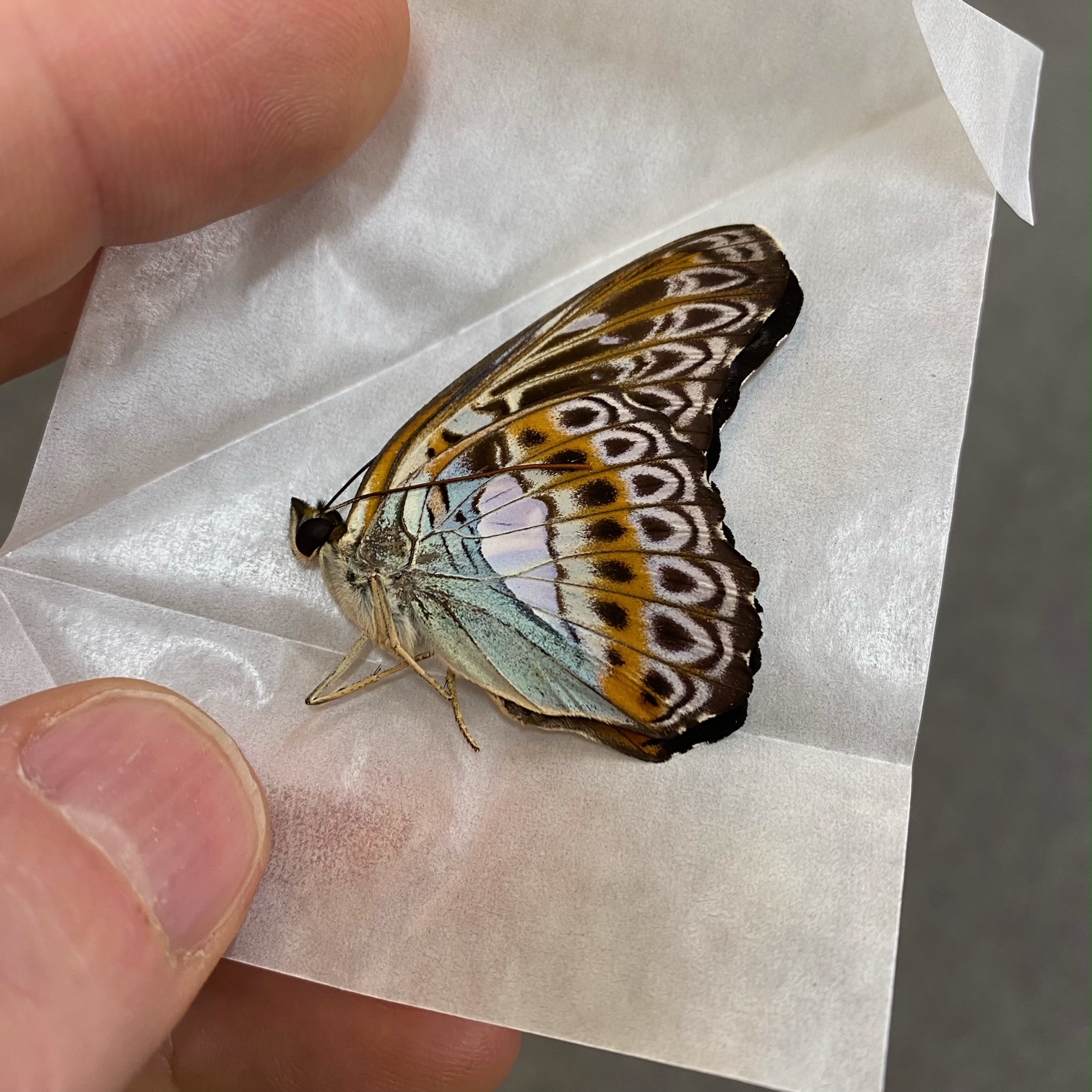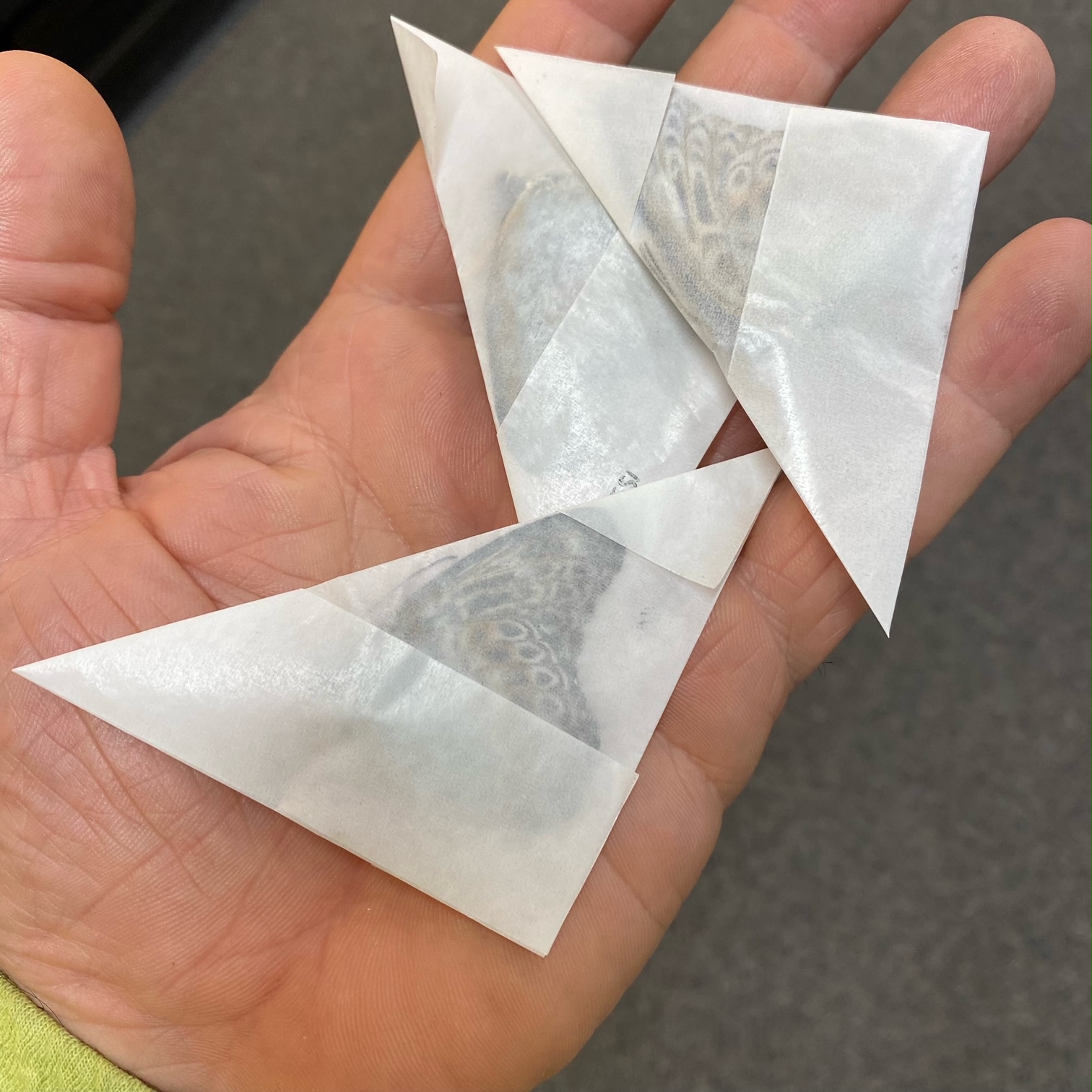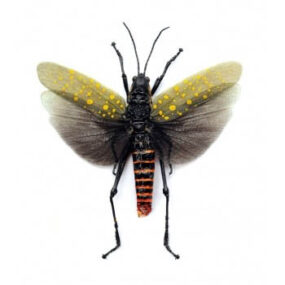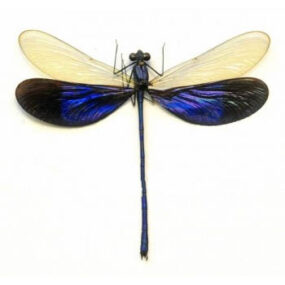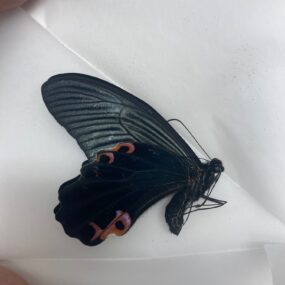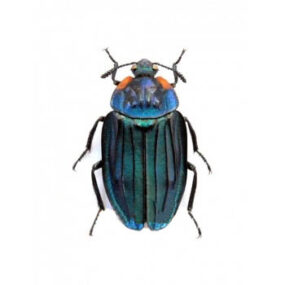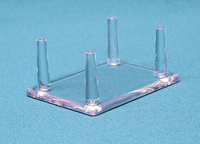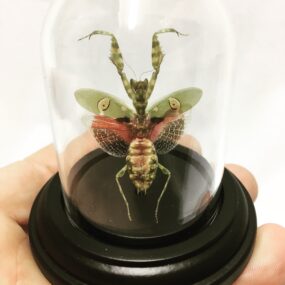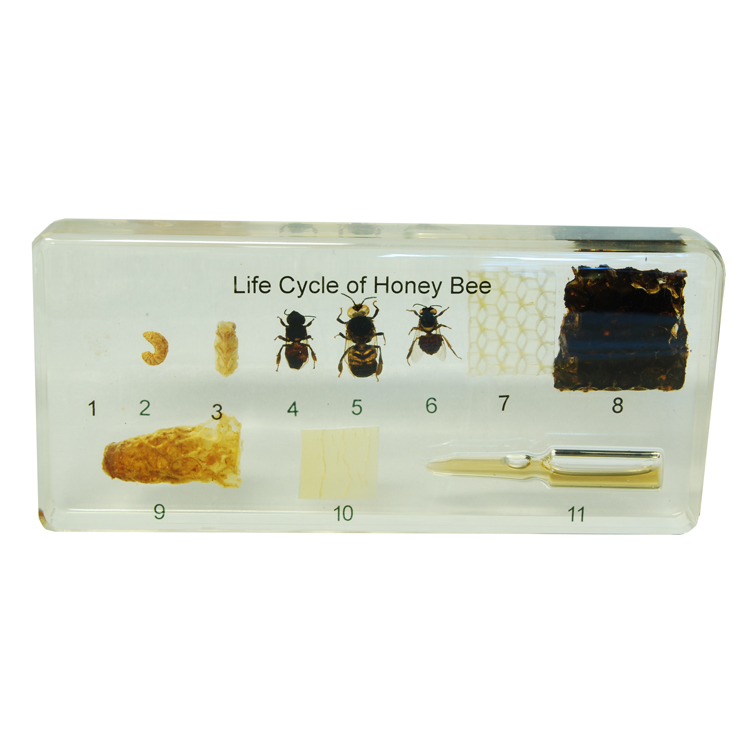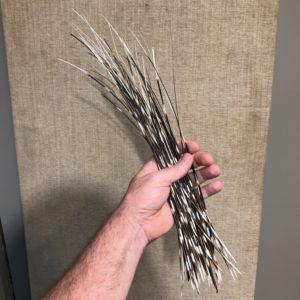Description
Moduza lymire lymire, Commander Butterfly Specimen. We bring these butterflies in from Indonesia.
The genus *Moduza* is a group of butterflies commonly known as the “commanders.” These butterflies belong to the family Nymphalidae, which is a large family that includes many other well-known butterflies, such as the admirals, tortoiseshells, and fritillaries.
Here’s an overview of the *Moduza* genus:
### Key Characteristics:
– **Appearance**: The commanders have large, strikingly patterned wings that often feature a mix of rich browns, oranges, whites, and blacks. The forewings are usually elongated with prominent dark markings, and the hindwings often have a distinctive orange or red coloration, sometimes with eye spots or other patterns. These butterflies are known for their bold and dramatic coloration, which serves as a defense mechanism against predators.
– **Size**: They are medium to large butterflies, with wingspans generally ranging between 50–75 mm, depending on the species.
### Notable Species:
Some of the well-known species in the *Moduza* genus include:
– **Moduza procris** (Indian Commander or Southern Commander): This is perhaps the most commonly known species in the genus. It is found in South Asia, particularly in India and Sri Lanka. The wings of *Moduza procris* are typically brown with orange and white patterns, and the butterfly has a distinctive eye pattern on the hindwings.
– **Moduza lyde** (Lyde Commander): Found in Southeast Asia, this species has a similar appearance but can be distinguished by subtle differences in its pattern and size.
– **Moduza marginata** (Black-bordered Commander): Found in various parts of Asia, particularly in tropical forests. This species features a more prominent dark border on its wings.
### Habitat:
Commanders are typically found in forests, including both tropical and subtropical regions, but some species may also inhabit temperate regions. They prefer areas with dense foliage and are commonly seen in areas with significant tree cover, such as the edges of forests and clearings.
### Behavior and Ecology:
– **Flight**: These butterflies are generally fast fliers, often seen darting quickly from one perch to another. They tend to fly higher up in the forest canopy, but sometimes they come down to feed or bask in the sun.
– **Feeding**: The larvae (caterpillars) of *Moduza* butterflies are usually found on various plants, depending on the species. They often feed on species of the plant family *Urticaceae* (nettles), as well as other plants from the family *Moraceae* (figs). The caterpillars tend to be well-camouflaged, blending in with their host plants.
– **Defense Mechanisms**: The bright and bold coloration of the commanders acts as a deterrent to potential predators. Some species also exhibit defensive behaviors such as flying erratically to avoid capture or camouflaging themselves when resting on tree trunks.
### Reproduction:
The females lay eggs on the undersides of leaves, typically near the host plants that the larvae will feed on once they hatch. After hatching, the larvae undergo several stages of development (instars) before pupating and eventually emerging as adults.
### Conservation:
While many species of *Moduza* butterflies are widespread, habitat destruction due to deforestation and agricultural expansion may threaten certain populations. However, as many of these species inhabit relatively large and diverse areas, they tend to be less susceptible to extinction than some other more specialized butterfly groups.
In summary, the *Moduza* butterflies, or “commanders,” are an impressive genus known for their bold, striking coloration and fast, darting flight. They are important members of forest ecosystems, both as pollinators and as a part of the local food web.


